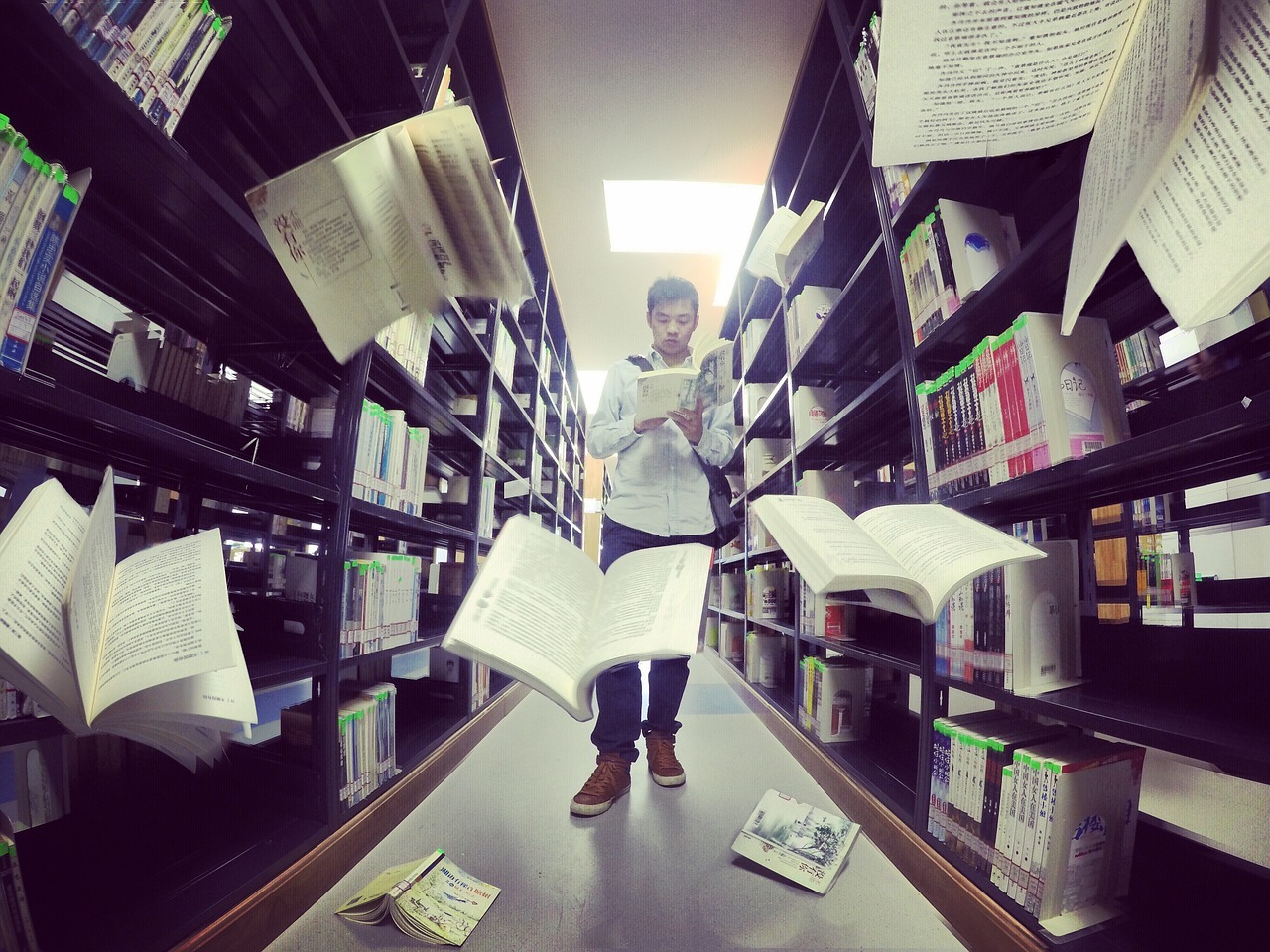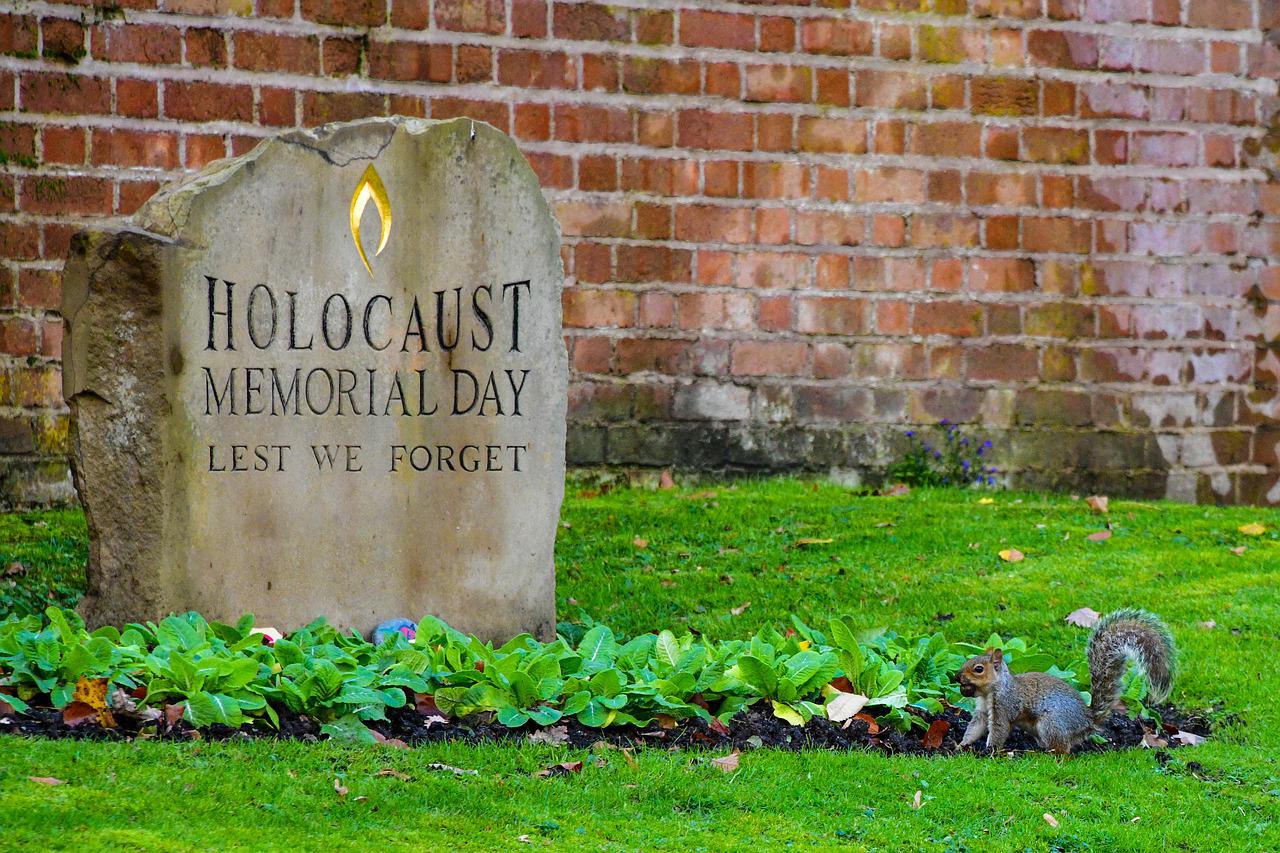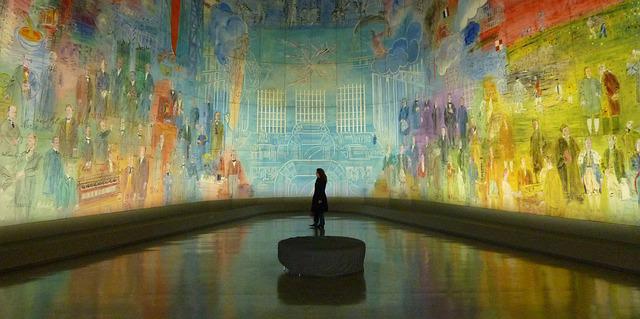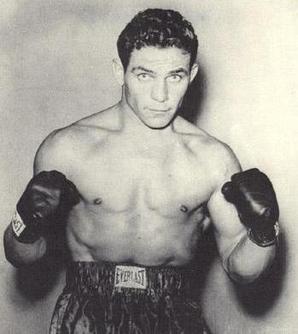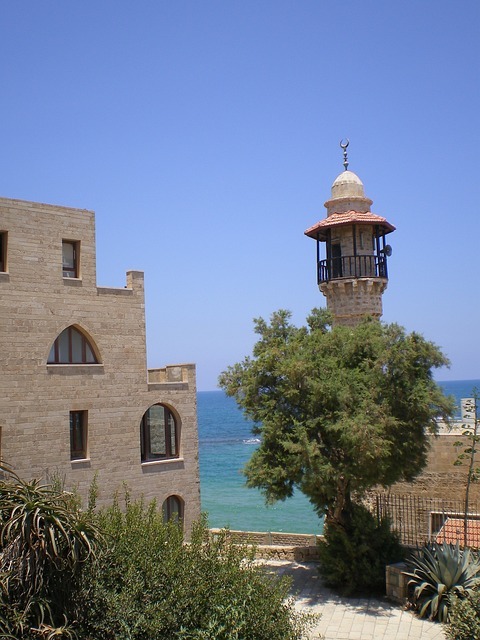admin
Marvin Chomsky who directed the mini-series Holocaust passed away aged 92 years old. His talents won him an outstanding director’s award in 19798. His factual approach on presenting the series resulted in millions of views worldwide, including Germany, getting a gritty, realistic educational experience.
Chomsky born in the Bronx and raised in Brooklyn. He attended Stuyvesant High School in Manhattan, during which time he began working in radio, and later on, for a television show aimed at teenagers, while the medium was still in its early stages. He graduated from Syracuse University with a bachelor’s degree in speech in 1950, and from Stanford University with a master’s degree in drama the following year. He also served in the U.S. Army, before pursuing a career in film and television. His early jobs included work as an art director, set decorator, and producer.
The question of art stolen from World War 2 has plagued the art world for several decades. Accordingly, a recent court decision provides a possible landmark turning point. The U.S. Supreme Court ruled that heirs to a German Jewish art dealer could use the U.S. court system to reclaim a valuable painting their family had used as a bargaining chip with the Nazis, even though the painting is currently owned by Spain.
The Cassirer family, heirs of the painting, discovered it listed in a catalog for a Madrid museum and sued to reclaim it, which led the Spanish foundation to argue that the matter should be decided in Spanish courts, not California courts.
Harry Haft (also known as Herschel Haft; born Hertzko or Hertzka Haft on 28 July 1925 in Bełchatów, Poland; died 3 November 2007) was a survivor of the Auschwitz concentration camp where he boxed fellow inmates to survive. He was briefly a professional boxer in post-war Germany, and boxed as a light heavyweight in the United States from 1948–1949.
Born in Bełchatów, Poland on 28 July 1925, Haft’s father died when he was three years old. In 1939, when he was 14, Haft witnessed the invasion and German occupation of Poland. Under Nazi occupation, he ran a smuggling business with his older brother. By 1942, because he was Jewish, Haft was imprisoned in several German-Nazi slave labor camps where he was beaten and starved. Because of his strong physical stature, by 1943 an SS overseer trained him to be a boxer, and had him compete at fights to the death in front of the military personnel. The fights took place at the concentration camp Jaworzno, which was situated at a coal mine north of Auschwitz. Haft fought a total of 76 fights there. When the camp in Jaworzno was dissolved because of the advancing Soviet Red Army, thousands of its surviving inmates were sent West on death marches to Germany. Haft managed to escape from one such march in April 1945. On the run, he killed a bathing German soldier and donned his uniform. During the remaining weeks until the end of the war, he moved from village to village.
Hollywood actor Ben Foster is playing the role of Harry Haft in the recently released movie called The Survivor. To get into character, Ben subjected himself to a harsh diet until his body frame resembled that of a concentration camp inmate.
Cleveland Jewish News reporter Amanda Koehn covers the story of the arrest of a prominent Jewish community rabbi. Two Conservative Jewish associations called the allegations against Rabbi Stephen Weiss, the former senior rabbi at B’nai Jeshurun Congregation in Pepper Pike, “deeply disturbing” and are considering their own action in response.
He has allegedly been engaging in explicit online conversations with an undercover investigator posing as a 15-year-old boy. This has prompted several Jewish leaders to denounce the betrayal of trust between a rabbi and young members of his congregation.
Jaffa, in Hebrew Yafo and also called Japho or Joppa, the southern and oldest part of Tel Aviv-Yafo, is an ancient port city in Israel. Jaffa is famous for its association with the biblical stories of Jonah, Solomon and Saint Peter as well as the mythological story of Andromeda and Perseus, and later for its oranges.
The town was mentioned in Egyptian sources and the Amarna letters as Yapu. Mythology says that it is named for Yafet (Japheth), one of the sons of Noah, the one who built it after the Flood. The Hellenist tradition links the name to Iopeia, or Cassiopeia, mother of Andromeda. An outcropping of rocks near the harbor is reputed to have been the place where Andromeda was rescued by Perseus. Pliny the Elder associated the name with Iopa, daughter of Aeolus, god of the wind. The medieval Arab geographer al-Muqaddasi referred to it as Yaffa. The tell of Jaffa, created through the accumulation of debris and landfill over the centuries, made the hill even higher.
The boundaries of Tel Aviv and Jaffa became a matter of contention between the Tel Aviv municipality and the Israeli government during 1948. The former wished to incorporate only the northern Jewish suburbs of Jaffa, while the latter wanted a more complete unification. The issue also had international sensitivity, since the main part of Jaffa was in the Arab portion of the United Nations Partition Plan, whereas Tel Aviv was not, and no armistice agreements had yet been signed. On 10 December 1948, the government announced the annexation to Tel Aviv of Jaffa’s Jewish suburbs, the Arab neighborhood of Abu Kabir, the Arab village of Salama and some of its agricultural land, and the working class Jewish area of Hatikva. On 25 February 1949, the depopulated Arab village of Sheikh Muanis, on the opposite (northeast) side of Tel Aviv from Jaffa, was also annexed to Tel Aviv. On 18 May 1949, the Arab neighborhood of Manshiya and part of Jaffa’s central zone were added, for the first time including land that had been in the Arab portion of the UN partition plan. The government decided on a permanent unification of Tel Aviv and Jaffa on 4 October 1949, but the actual unification was delayed until 24 April 1950 due to concerted opposition from Tel Aviv’s mayor Israel Rokach. The name of the unified city was Tel Aviv until 19 August 1950, when it was renamed as Tel Aviv–Yafo in order to preserve the historical name Jaffa
The Sea of Galilee also called Lake Tiberias, Kinneret or Kinnereth, is a freshwater lake in Israel. It is the lowest freshwater lake on Earth and the second-lowest lake in the world (after the Dead Sea, a saltwater lake), at levels between 215 metres (705 ft) and 209 metres (686 ft) below sea level. It is approximately 53 km (33 mi) in circumference, about 21 km (13 mi) long, and 13 km (8.1 mi) wide. Its area is 166.7 km2 (64.4 sq mi) at its fullest, and its maximum depth is approximately 43 metres (141 ft). The lake is fed partly by underground springs but its main source is the Jordan River, which flows through it from north to south and exits the lake at the Degania Dam.
The Sea of Galilee is situated in northeast Israel, between the Golan Heights and the Galilee region, in the Jordan Rift Valley, the valley caused by the separation of the African and Arabian plates. Consequently, the area is subject to earthquakes, and in the past, volcanic activity. This is evident from the abundant basalt and other igneous rocks that define the geology of Galilee.
The modern Hebrew name, Kinneret, comes from the Hebrew Bible where it appears as the “sea of Kinneret” in Numbers 34:11 and Joshua 13:27, spelled כנרות “Kinnerot” in Hebrew in Joshua 11:2. This name was also found in the scripts of Ugarit, in the Aqhat Epic. As the name of a city, Kinneret was listed among the “fenced cities” in Joshua 19:35. A persistent, though likely erroneous, popular etymology of the name presumes that the name Kinneret may originate from the Hebrew word kinnor (“harp” or “lyre”), because of the shape of the lake. The scholarly consensus, however, is that the origin of the name is derived from the important Bronze and Iron Age city of Kinneret, excavated at Tell el-‘Oreimeh.[8] The city of Kinneret may have been named after the body of water rather than vice versa, and there is no evidence for the origin of the town’s name. For a different etymology, see Galilee#Sea of Galilee.
The Israel Museum (Hebrew: מוזיאון ישראל, Muze’on Yisrael) is an art and archaeological museum in Jerusalem. It was established in 1965 as Israel’s largest and foremost cultural institution, and one of the world’s leading encyclopaedic museums. It is situated on a hill in the Givat Ram neighborhood of Jerusalem, adjacent to the Bible Lands Museum, the Knesset, the Israeli Supreme Court, and the Hebrew University of Jerusalem.
Its holdings include the world’s most comprehensive collections of the archaeology of the Holy Land, and Jewish Art and Life, as well as significant and extensive holdings in the Fine Arts, the latter encompassing eleven separate departments: Israeli Art; European Art; Modern Art; Contemporary Art; Prints and Drawings; Photography; Design and Architecture; Asian Art; African Art; Oceanic Art; and Arts of the Americas.
Among the unique objects on display are the Venus of Berekhat Ram; the interior of a 1736 Zedek ve Shalom synagogue from Suriname; necklaces worn by Jewish brides in Yemen; a mosaic Islamic prayer niche from 17th-century Persia; and a nail attesting to the practice of crucifixion in Jesus’ time. An urn-shaped building on the grounds of the museum, the Shrine of the Book, houses the Dead Sea Scrolls and artifacts discovered at Masada. It is one of the largest museums in the region.
Russian Major General Rustam Minnekayev says that the goal of the military operation is now to seize territory in Southern Ukraine in order to create a land corridor from Crimea to Ukraine’s border with Transnistria, a pro-Russian unrecognized breakaway state that is internationally recognized as part of Moldova.
Russian news agency TASS reports: “This [control over Donbass] will enable us to establish a ground corridor to Crimea and to gain influence over the vitally-important Ukrainian [military] facilities, the Black Sea ports, which service deliveries of the agricultural and metallurgical products to other countries,” the general said at an annual meeting of the Union of Defense Industry Enterprises of the Sverdlovsk Region.
An immediate response came from Moldova which feels threatened by this declared goal. There is greater potential for fighting to break out beyond the Russian and Ukrainian theatre of war.
During his opening statement at the weekly Cabinet meeting, recently held in Ramallah, Mahmoud Abbas briefed the Palestinian Authority on the latest developments of the current political situation, especially his categorical rejection of the so-called ‘Deal of the Century’. “The so-called ‘Deal of the Century’ is categorically rejected and has no place at the negotiating table,” Abbas stated.
USA President Joe Biden has been pushing Israel to take measures that curtail expansion plans in the Israeli settlement blocks. The rationale has been to remove potential obstacles for refreshed brokered peace talks between the PA and Israel. While many in the far left of the Israeli coalition, together with Arab members of the Knesset readily support any move that weakens the Israeli right wing block, which includes the support of the settlement enterprise, the fragile coalition originally built on right wing principles is crumbling from within over Biden’s insistence to placate the PA. But the continued official PA rejections of Biden’s overtures doesn’t augur well for renewed peace prospects in the region.
President Trump’s ‘Deal of the Century’ achieved success under the formal name of the Abraham Accords. This accord attracted many previously Arab states hostile to Israel to engage with the Jewish State. The accord also refrained from making peace concessions dependent upon PA demands to undermine Israel’s right wing majority, in particular as regards to the settlements agenda. This stance was generally accepted as tacit approval of settlement activities, provided it was kept low key. Therefore, many in prominent Israeli government positions see Biden as being not only a weak leader but also one contributing towards the new escalation of tensions between Palestinians and Jews, to a degree not seen under President Trump, but only in the previous Obama administration, with Biden being second in command.
The entrenched position of the PA that totally negates the Abraham Accords, not only affects Israel’s negotiating position on the settlement blocks, but also has the potential to reverse gains achieved under the Trump administration with internal and external Israeli interests. Biden’s continued policy to appease the PA has only served towards bringing the current Israeli coalition to the verge of collapse. Some coalition leaders still prefer to appease Biden, even though that threatens a previously stable right wing support base needed to keep the coalition afloat. There is growing concern that Biden’s continued attempts at trying to appease a PA leadership that categorically refuses any compromise on prominent issues is only serving to create an even wider chasm.

